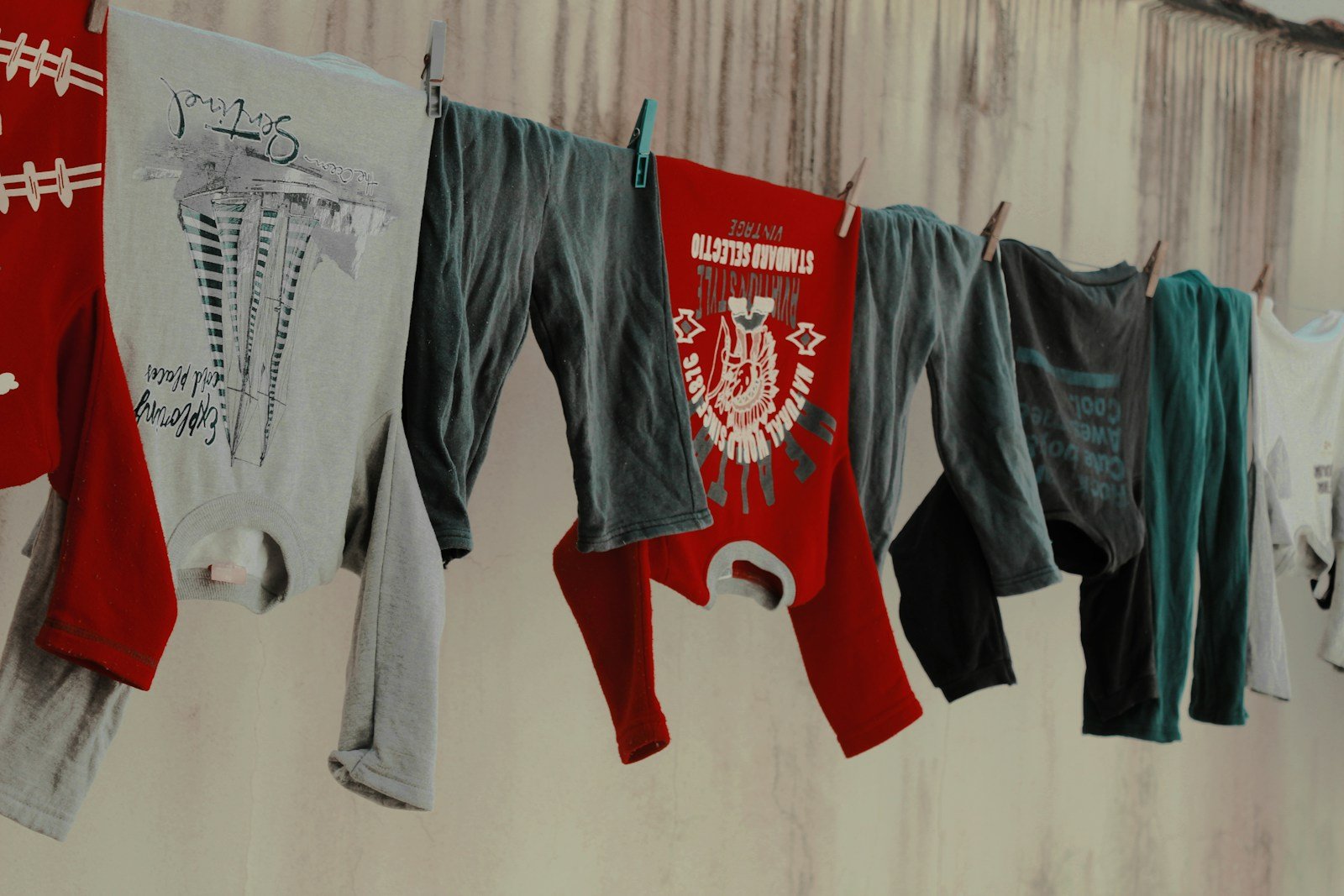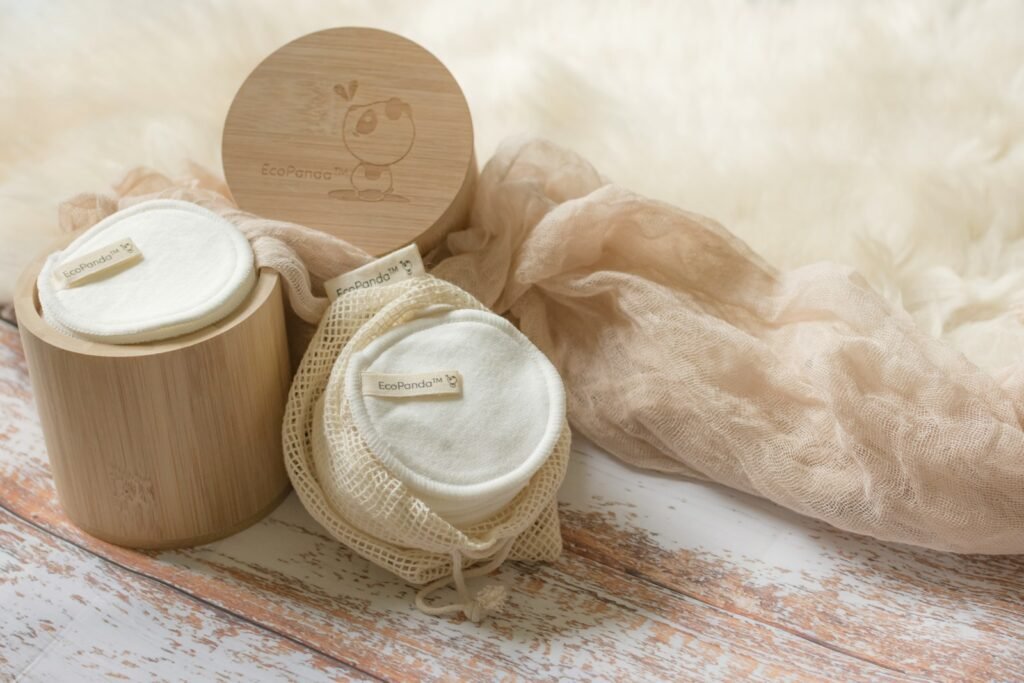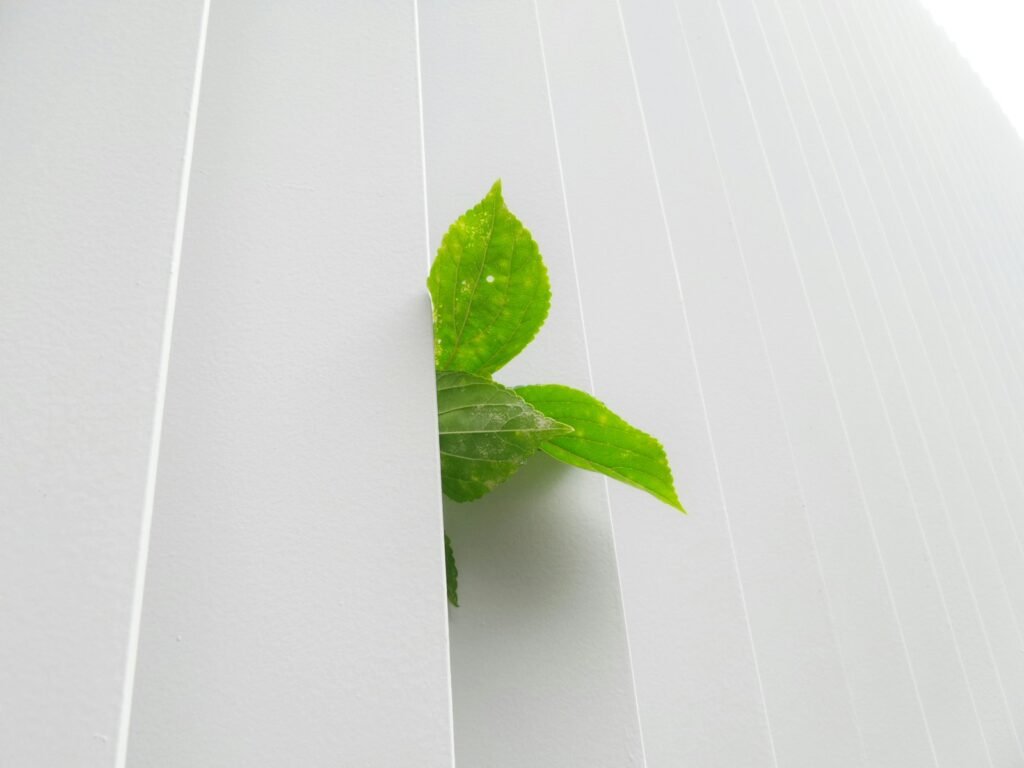Repurposing old clothes is an effective way to reduce waste and extend the life of your garments. Instead of discarding items that no longer fit or have lost their appeal, consider transforming them into something new. This practice not only helps minimize the environmental impact associated with textile production but also offers a creative outlet for self-expression. Repurposing can be especially beneficial when dealing with seasonal changes, damaged fabrics, or outdated fashion trends.

Assessing What You Have: Sorting Through Your Closet
Before diving into any upcycling project, it’s important to sort through your clothing collection and identify items that have potential for reuse. Begin by separating clothes based on fabric type—natural fibers like cotton and wool are easier to work with than synthetic materials. Next, assess the condition of each piece; items with minor stains or small holes can often be repaired rather than discarded outright.
Not every item is suitable for repurposing. If a garment is beyond repair or not in good enough shape for reuse, consider donating it or recycling it through appropriate channels. Sorting your clothes this way ensures that you only focus on pieces that have the potential to be transformed into something new and useful.
DIY Ideas: Creative Ways to Reuse Old Clothes
There are countless ways to repurpose old clothes depending on your skills, tools, and the type of items you have available. Whether you’re looking for a simple project or something more intricate, there’s an option that fits your needs.
Upcycled Clothing Projects
One of the most popular upcycling projects involves transforming t-shirts into tote bags. Simply cut off the sleeves, sew the bottom hem, and add handles made from leftover fabric or repurposed belt loops for a functional and stylish accessory. A similar process can be used to turn old jeans into shorts or skirts—cutting the legs at your desired length and adding a new hem.
Old shirts can also be transformed into aprons by cutting out the sleeves and attaching a waistband, while the front of the shirt becomes the main part of the apron. For those with more advanced sewing skills, repurposing jackets or coats into vests or blankets is another rewarding way to breathe new life into old garments.
Home Decor from Old Clothes
Old clothes can be easily converted into home decor items that add personality and character to any space. Fabric scraps can be used for patchwork quilts, wall art, or decorative cushions. If you have larger pieces of fabric, consider making curtains, table runners, or even throw blankets.
Another simple idea is to create custom pillow covers using old t-shirts or scarves. Simply cut the fabric into squares or rectangles and sew them together with a zipper for easy removal and cleaning.
Accessories & Other Uses
Even small scraps of fabric can be put to good use by creating accessories like hair ties, bracelets, keychains, or even bookmarks. For those who are not confident in their sewing skills, no-sew techniques such as using fabric glue or tying knots directly onto the fabric can also yield great results.
Old clothes can also serve practical purposes beyond fashion and decor—think pet beds made from old sweaters, reusable shopping bags crafted from denim, or even small storage pouches for organizing items like toiletries or craft supplies.
Essential Tools and Materials for Repurposing
To get started with repurposing your old clothes, you’ll need a few basic tools. A good pair of fabric scissors, sewing needles, thread, and an iron are essential for most projects. Fabric markers or paint can be used to add personal touches like custom patterns or monograms.
If you’re looking to make more complex items such as aprons or totes, consider investing in additional materials like buttons, zippers, interfacing fabric, and bias tape. These tools will help give your repurposed items a professional finish while ensuring they are durable and functional.
Step-by-Step Guide to a Simple DIY Project
One of the easiest and most rewarding upcycling projects is turning an old t-shirt into a tote bag. This project requires minimal sewing skills and can be completed in under an hour with just a few basic tools.
Start by selecting a clean, sturdy t-shirt that you no longer wear. Lay it flat on a work surface and cut off the sleeves at the seam line. Next, fold the bottom hem up about 4 inches and sew around the edge using a straight stitch to create a firm base for your tote bag.
For the handles, take two long strips of fabric or repurpose belt loops by cutting them to the desired length. Attach these to the sides of the tote bag with a zigzag stitch, ensuring they are securely fastened so they can support the weight of your items.
Once everything is sewn together, you’ll have a reusable and stylish tote bag that’s ready to use. This project not only reduces waste but also gives new life to an old t-shirt in a way that’s both practical and elegant.
Where to Find Inspiration and Tutorials
If you’re looking for more ideas or step-by-step guides on how to repurpose your clothes, there are plenty of resources available online. Many websites, YouTube channels, and social media accounts specialize in upcycling and DIY fashion projects, offering detailed tutorials that cater to all skill levels.
You can also find inspiration from sewing blogs and forums where people share their own unique creations. These platforms often provide tips on fabric selection, pattern making, and troubleshooting common issues that may arise during the repurposing process. Exploring these resources can help you discover new techniques and ideas that fit your personal style while keeping sustainability in mind.
Overcoming Common Challenges in Repurposing Clothes
One of the biggest challenges when repurposing old clothes is dealing with damaged fabric or stains. Fortunately, there are several ways to address these issues before beginning a project. For minor holes or rips, use fabric patches or sew along the edges to reinforce weak areas.
If your fabric has stubborn stains, consider washing it thoroughly before starting any project. In some cases, you may be able to cover stains by adding decorative elements such as embroidery, patchwork, or printed fabric overlays that can hide imperfections while also enhancing the overall look of your creation.
For those who lack sewing skills, there are alternative methods like using fabric glue for quick fixes or opting for no-sew projects that rely on tying knots or using Velcro. These techniques make repurposing more accessible to a wider range of people and reduce the learning curve associated with traditional sewing methods.
Embracing a Sustainable Lifestyle Through Repurposing
Repurposing old clothes is just one small step toward adopting a more sustainable lifestyle, but it can have a significant impact when practiced consistently. By reusing items instead of discarding them, you’re contributing to a circular economy where resources are used efficiently and waste is minimized.
This approach not only helps protect the environment by reducing textile waste and lowering the demand for new garments but also encourages creativity and self-sufficiency. As more people become aware of the benefits of upcycling, it’s likely that this practice will continue to grow in popularity, making it easier than ever to find inspiration, tools, and community support for repurposing projects at home.







